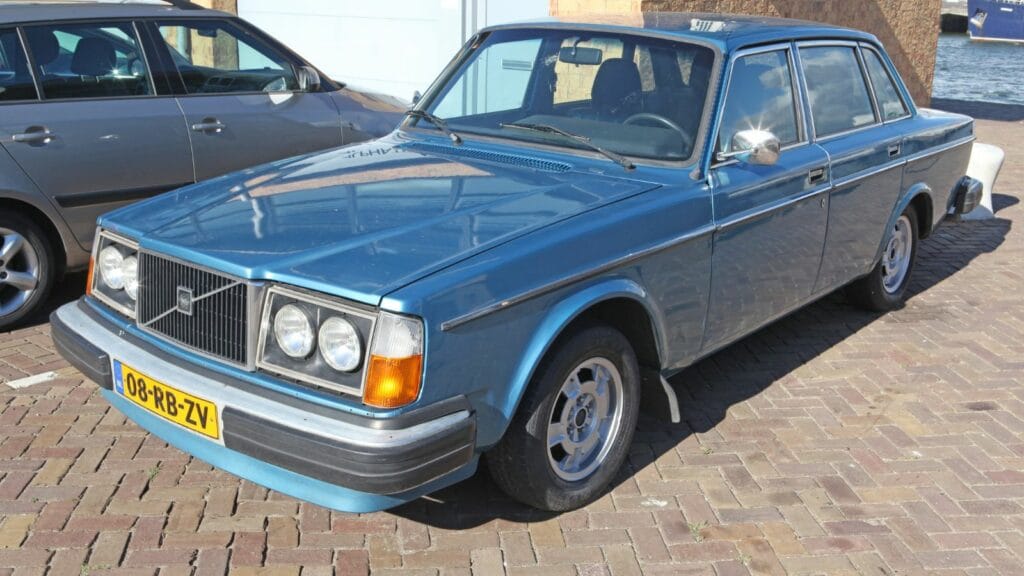Classic cars are often remembered for their reputations, and not always fairly. Some models earned negative press when new and never quite shook the stigma, while others were overshadowed by more popular competitors. But time has a way of offering perspective, and many vehicles once dismissed as odd, flawed, or uninspiring are now being recognized for their unique qualities. These are ten classics that history has treated more kindly than their image suggests, with production years, pricing when new, and reasons they deserve a second look.
AMC Pacer (1975–1980)
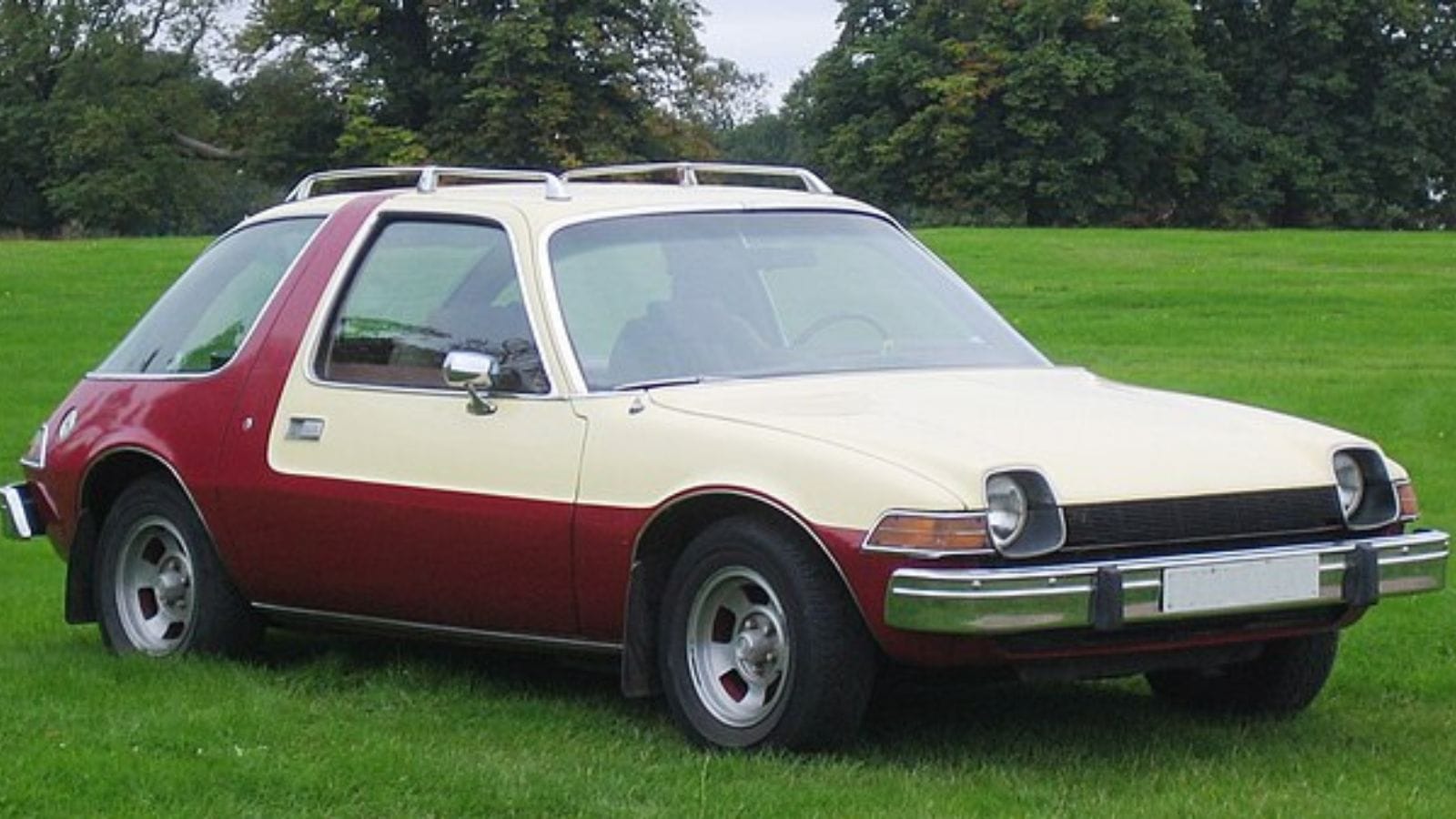
When it debuted, the AMC Pacer was mocked for its bulbous, fishbowl styling. It looked unlike anything else on the road, and critics loved to take shots at its wide body and massive glass area. Yet AMC marketed it as the first “wide small car,” offering compact-car fuel economy with big-car comfort. When new, a base Pacer cost just under $3,000, making it affordable for families looking for something different. Today, enthusiasts admire its quirky design, spacious interior, and surprising comfort. The very traits that drew criticism in the 1970s have helped it become a cult classic.
Chevrolet Corvair (1960–1969)
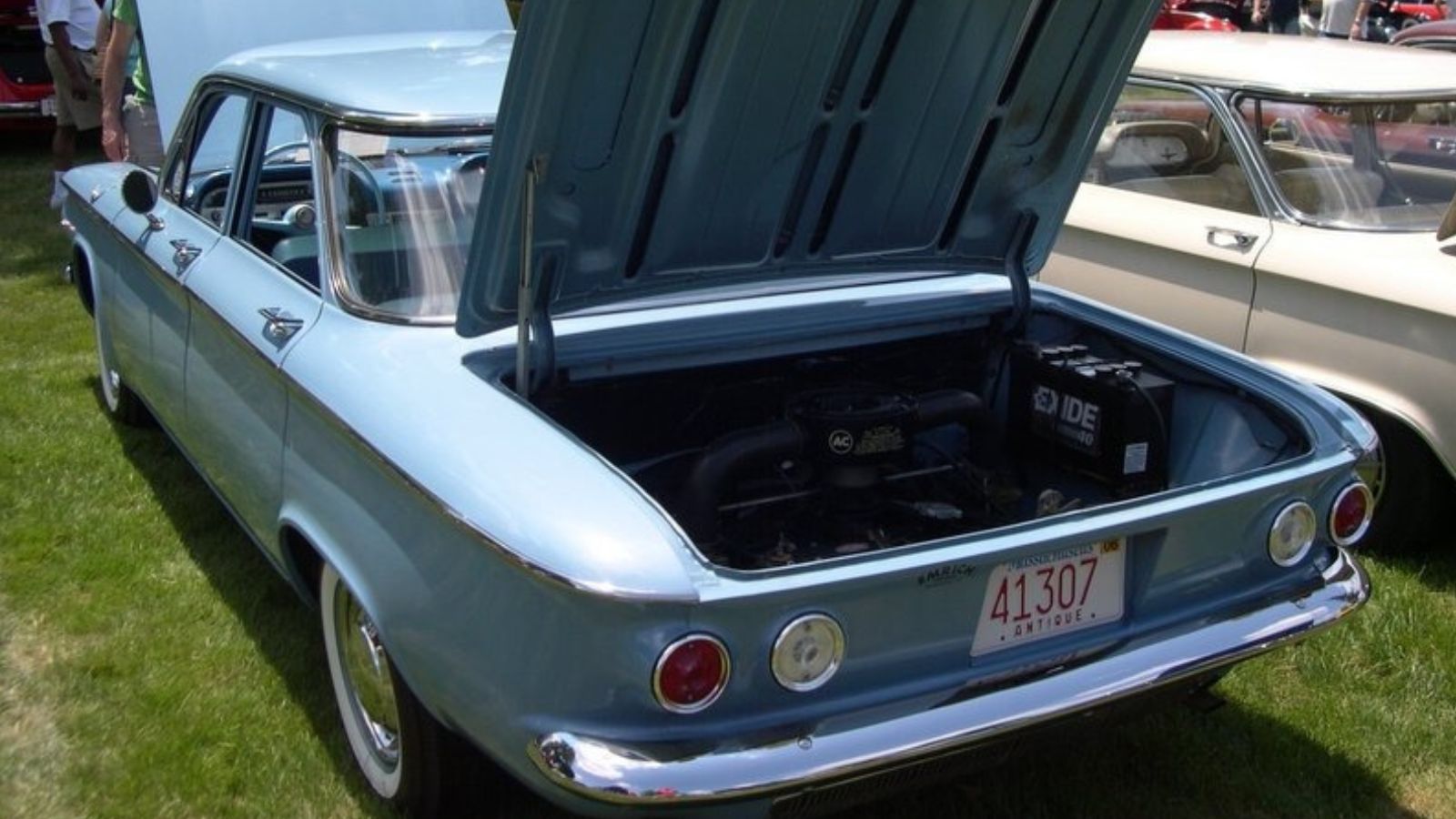
The Corvair became infamous after Ralph Nader’s 1965 book Unsafe at Any Speed, which accused it of having dangerous handling due to its rear-engine design. While early models had their flaws, GM updated the suspension in later years, creating a much better-handling car. Prices started around $2,000 when new, far cheaper than European imports with similar engineering. Today, the Corvair is appreciated for being one of the most daring cars GM ever built, with its air-cooled engine, unique styling, and genuine driving charm.
Ford Pinto (1971–1980)
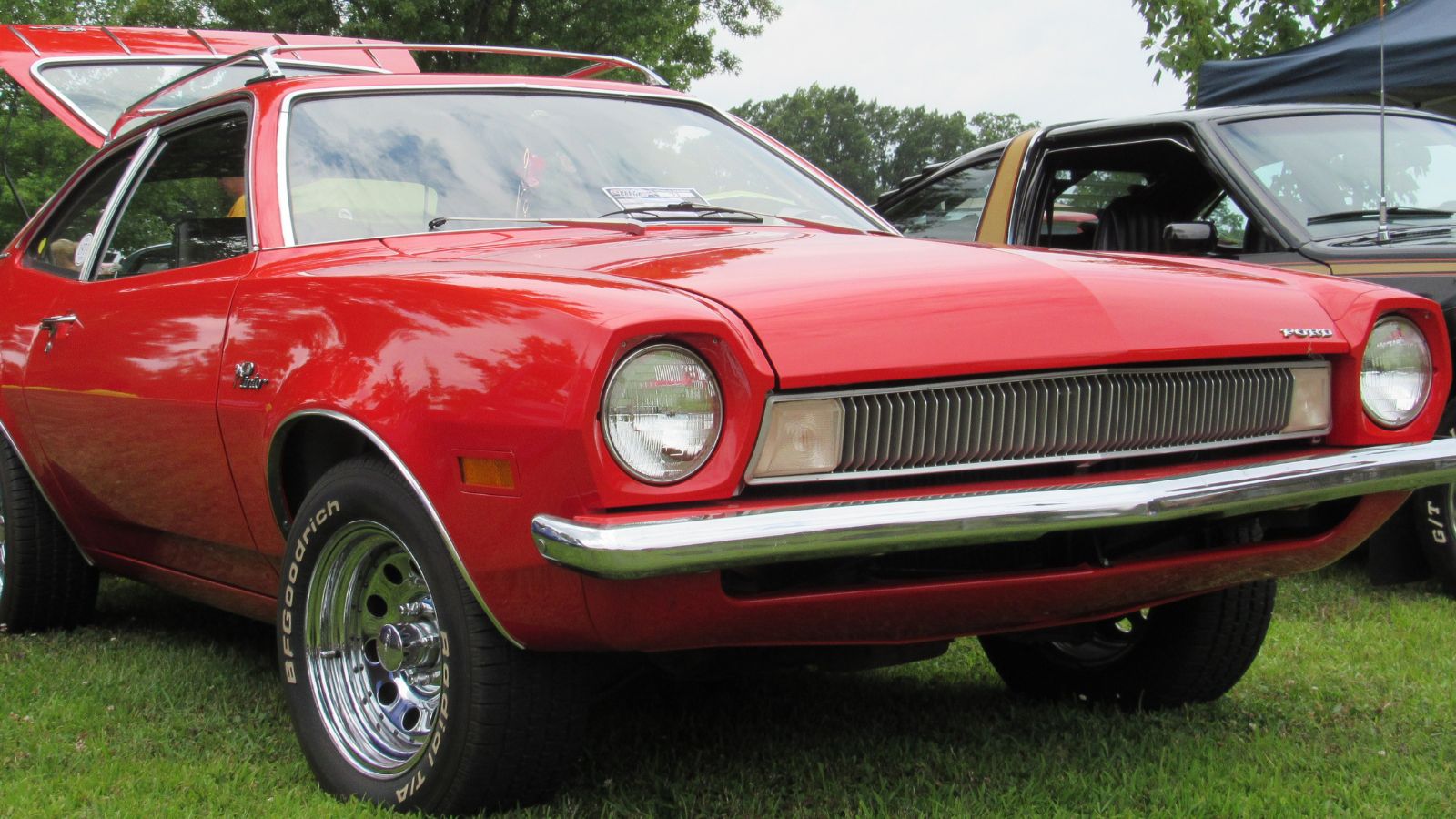
The Pinto will always carry the stigma of early safety scandals related to rear-end collisions, but that overshadowed its role as Ford’s answer to the import invasion of the 1970s. It was lightweight, inexpensive at just $2,000 new, and offered fuel economy when Americans desperately needed it during the oil crisis. Millions were sold, and many owners found them to be simple, easy-to-maintain cars. While not glamorous, the Pinto provided affordable mobility and now has a loyal following among collectors who appreciate its place in history.
Plymouth Barracuda (1964–1974)
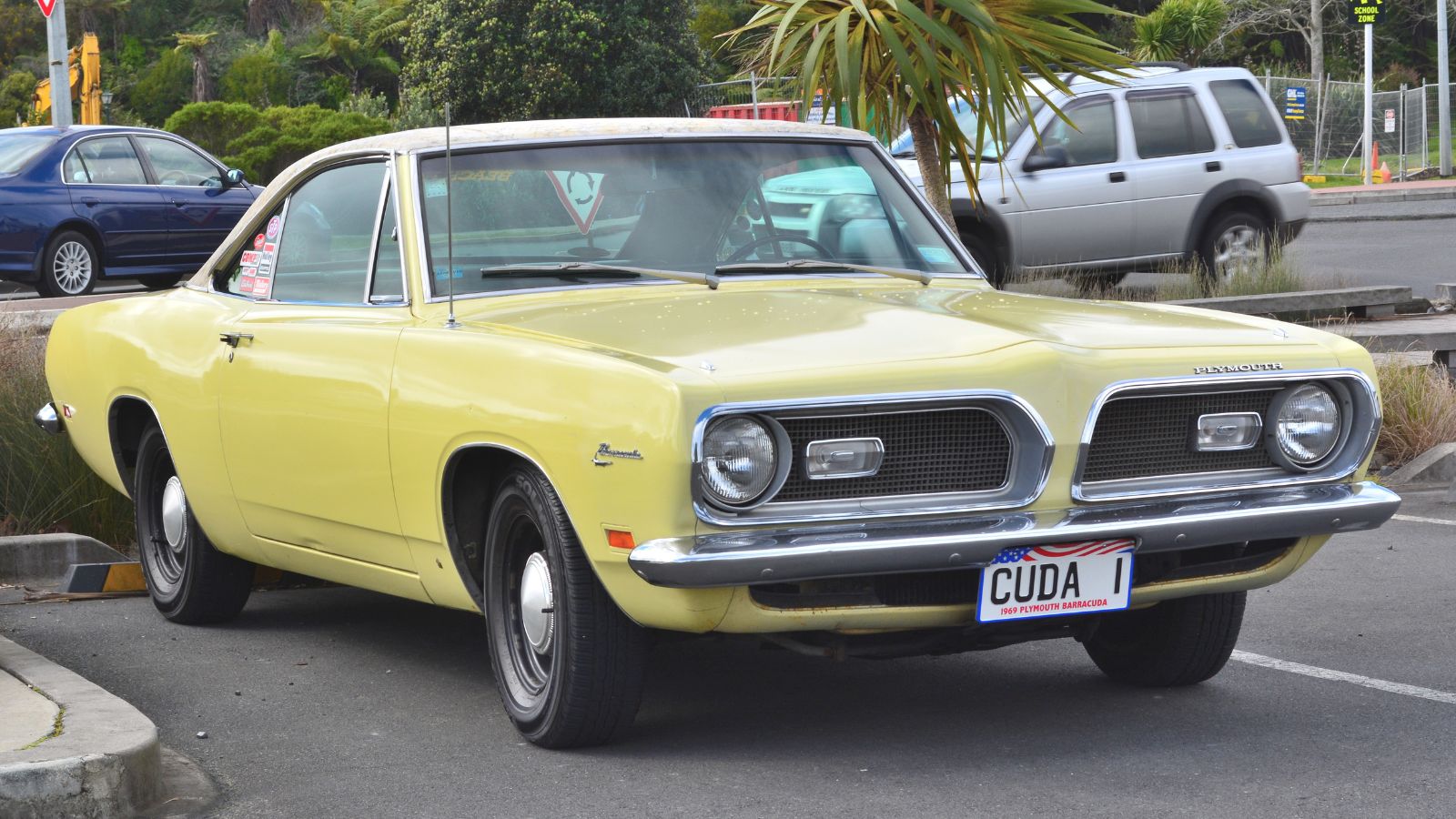
The Barracuda was actually the first pony car, beating the Ford Mustang to market by just two weeks in 1964. Despite this, it was always seen as living in the Mustang’s shadow. Early Barracudas were overlooked, but they offered unique styling with their massive glass fastback and plenty of performance options. With starting prices around $2,500 new, they were competitive and stylish. Collectors have since realized their value, especially later models with big-block V8s, which now fetch serious money at auctions.
Mercedes-Benz W123 Diesel (1976–1985)
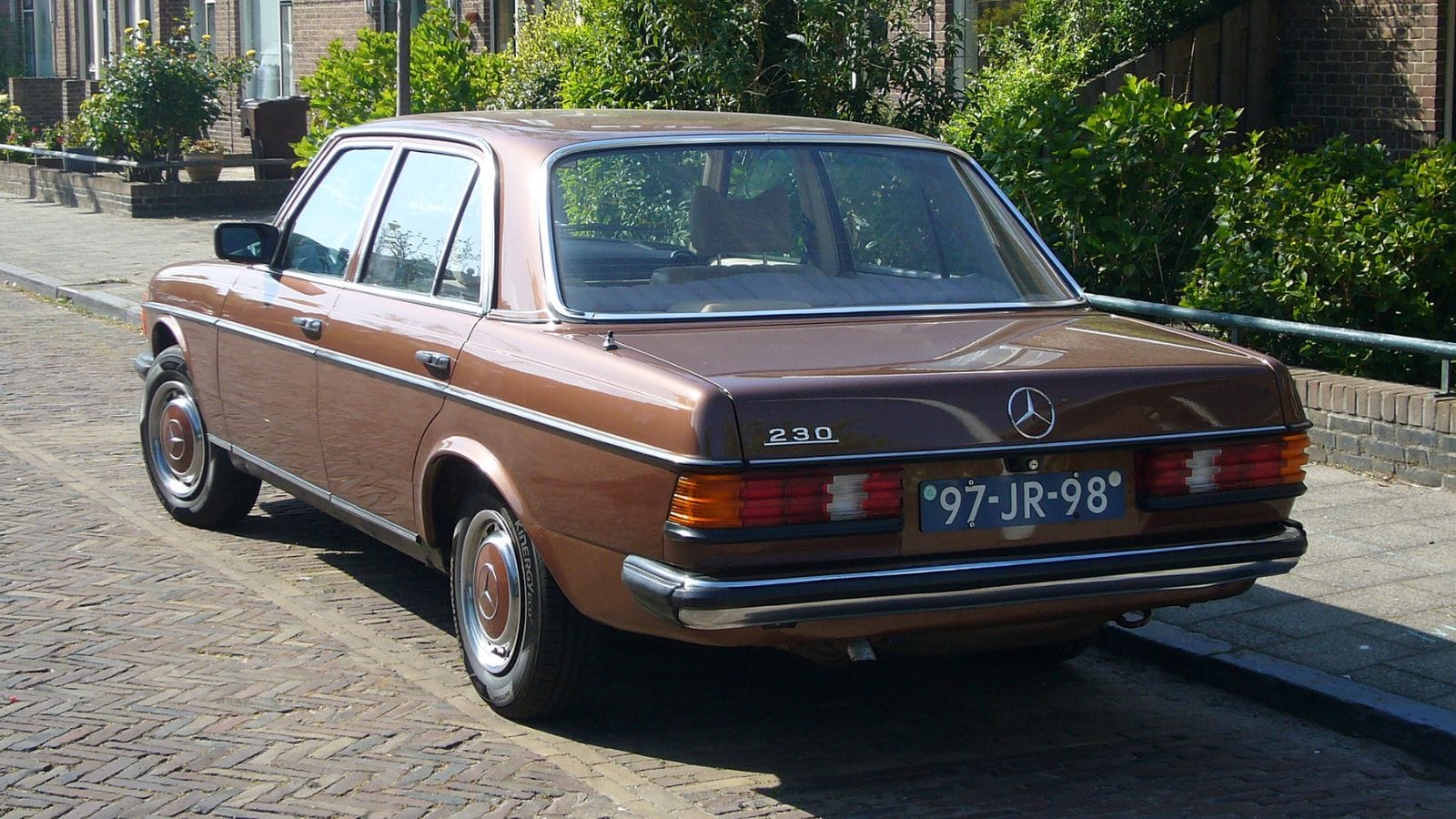
The Mercedes W123 was once considered a boring, sluggish car, especially in diesel form. New, it cost around $20,000, which was expensive for the time, but it offered unmatched build quality. These cars were known to last forever, with many examples exceeding 500,000 miles. While dismissed as slow commuter cars when new, today the W123 is recognized for its durability, timeless styling, and comfort. Enthusiasts now see it as one of the best-built sedans of its era, with values rising accordingly.
Pontiac Fiero (1984–1988)
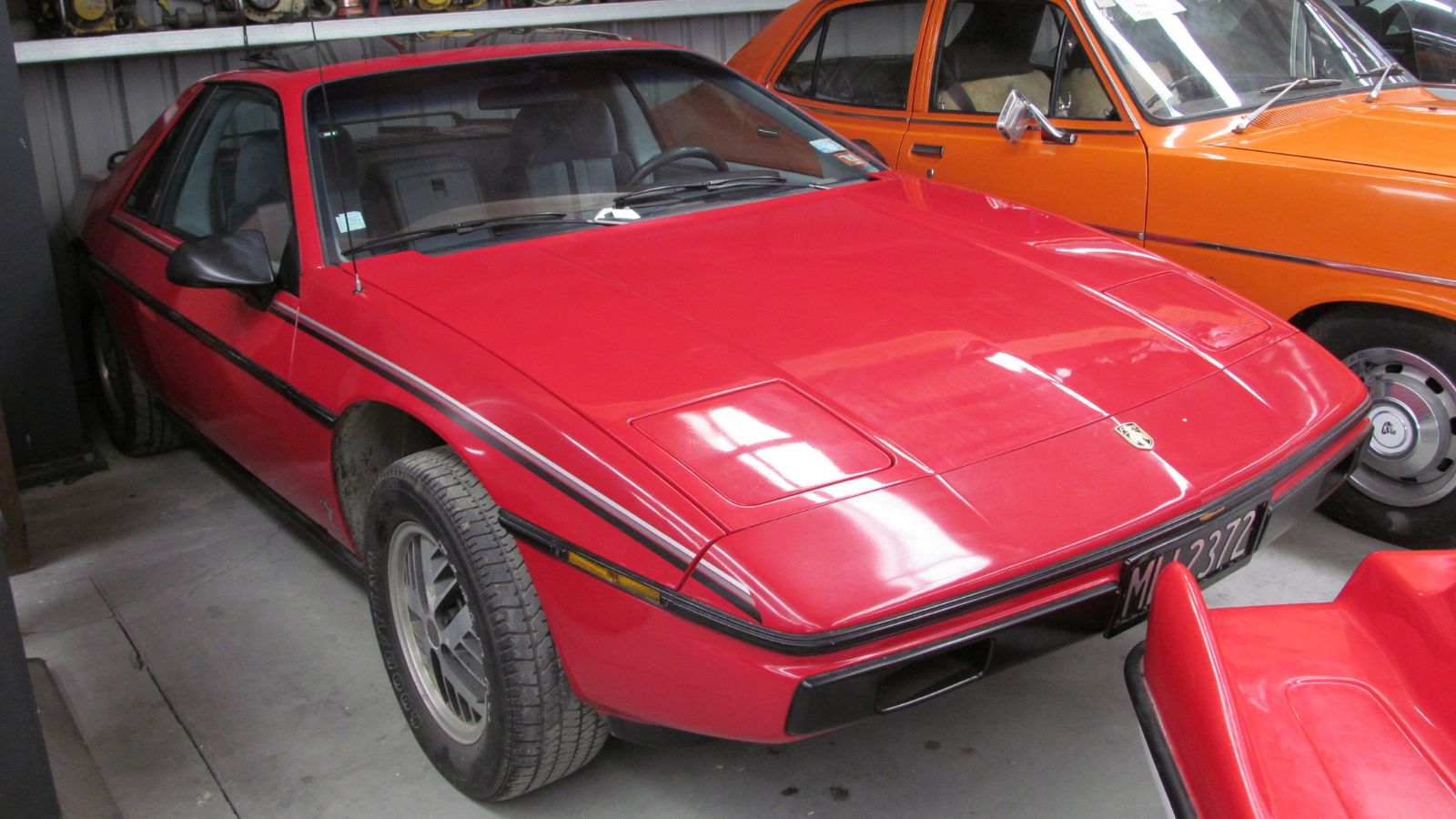
The Pontiac Fiero was criticized when new for being underpowered and plagued by reliability issues, including early fire recalls. Yet it was also the first mass-produced mid-engine sports car from an American automaker. Starting at around $8,000, it was affordable and futuristic. By the later years, Pontiac had ironed out many of the problems, and the GT models looked and performed like true sports cars. Today, the Fiero is celebrated by enthusiasts for its unique design, tuner potential, and role as a pioneer in affordable mid-engine performance.
Volvo 240 (1974–1993)
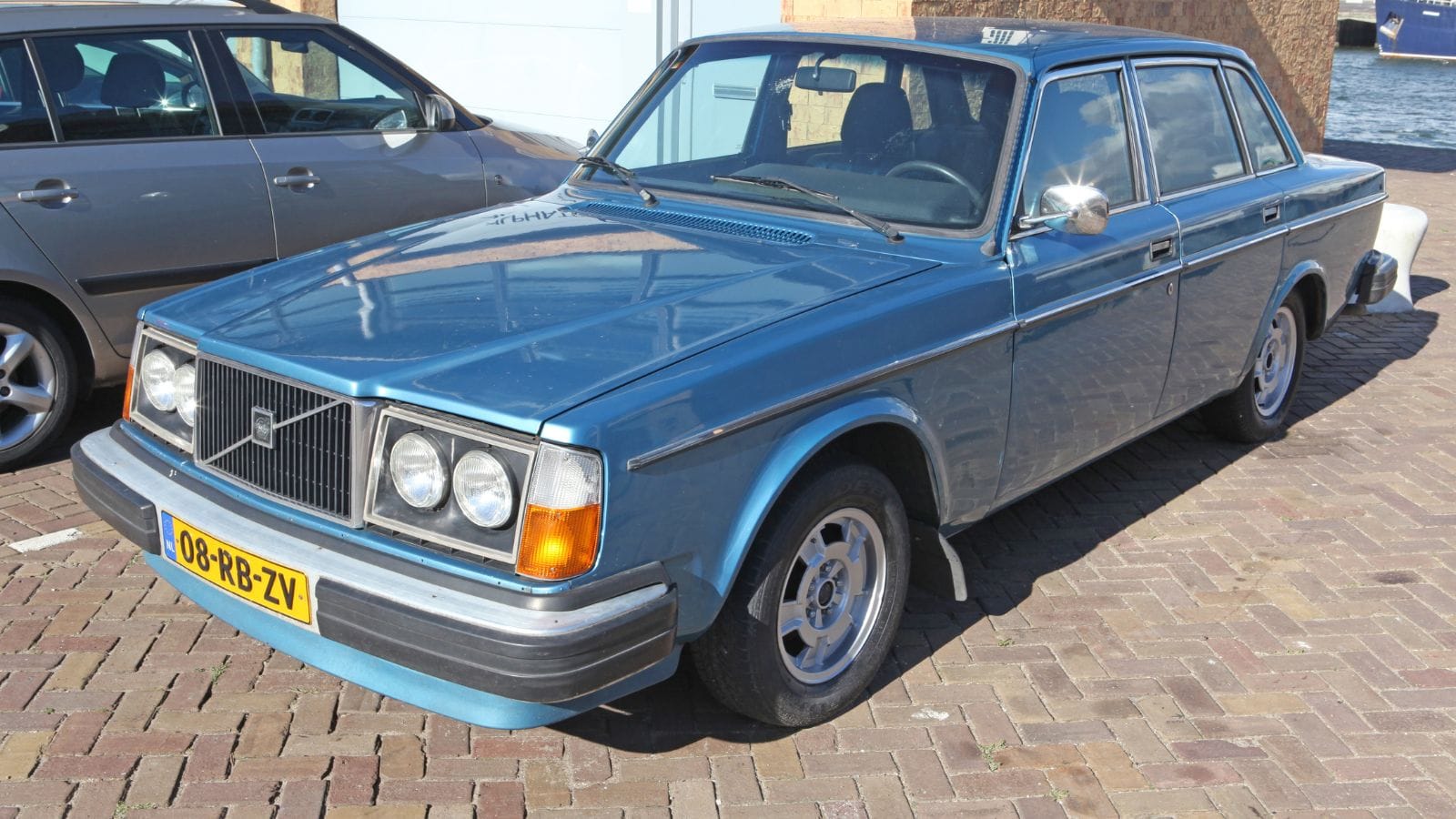
The Volvo 240 was often dismissed as boxy, slow, and uninspired. With prices starting around $4,000 when new, it was marketed as safe, practical family transportation rather than exciting. But its legendary durability, simple mechanics, and bulletproof engines have made it one of the longest-lasting classics on the road. The design, once seen as plain, has aged into something charmingly retro. The 240 has a devoted following, with enthusiasts praising its reliability, safety, and surprising tuning potential.
Dodge Aspen and Plymouth Volaré (1976–1980)
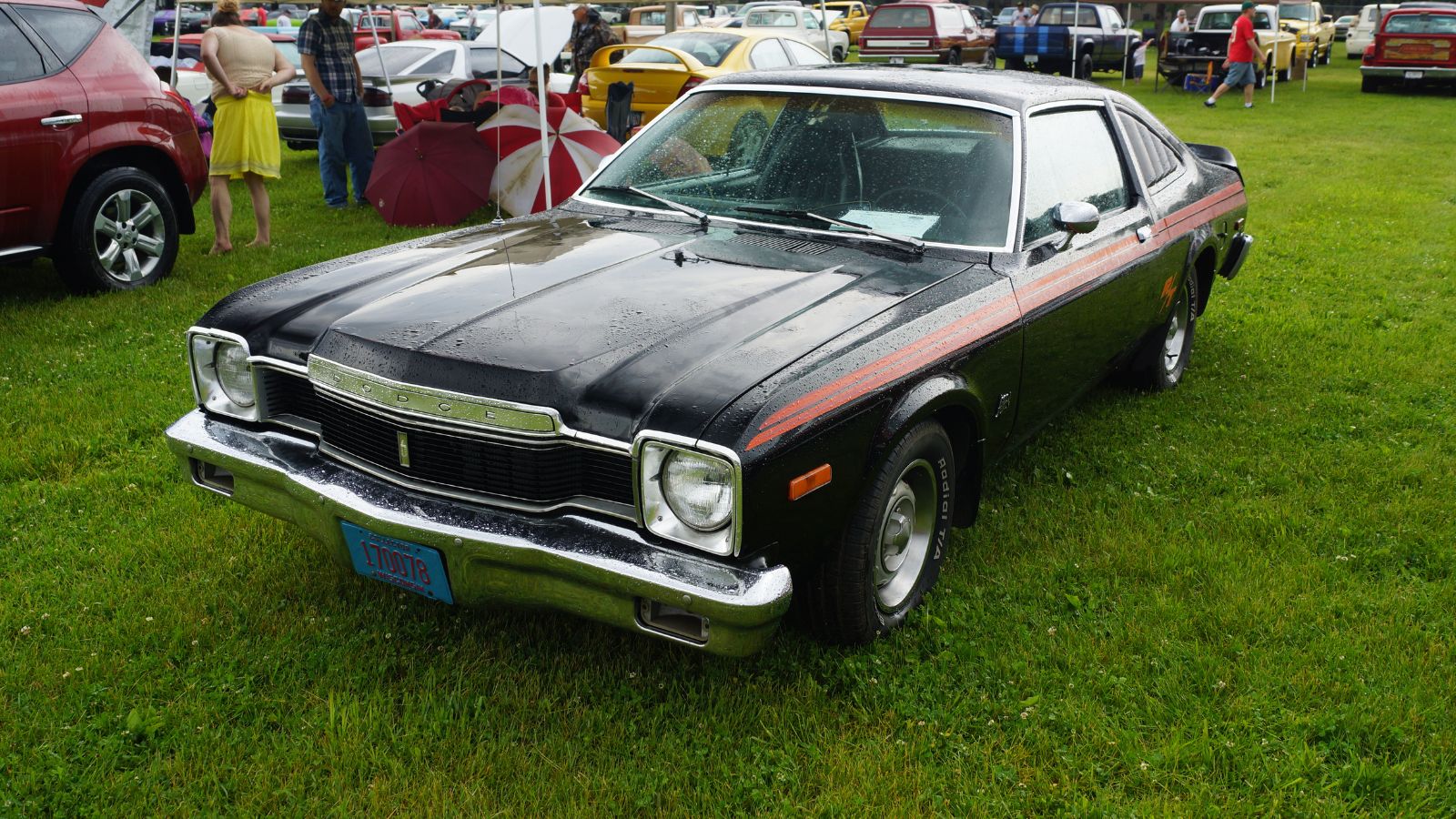
Chrysler’s Aspen and Volaré twins were launched with high expectations but quickly earned a poor reputation for rust issues and quality problems. Despite this, they were comfortable, roomy compacts with plenty of options, including V8 engines. New, they sold for around $3,500, making them affordable family cars during a tough economic era. While often dismissed, these cars represented Chrysler’s attempt to adapt to a changing market, and collectors now appreciate them as overlooked pieces of 1970s history.
Studebaker Avanti (1962–1963)
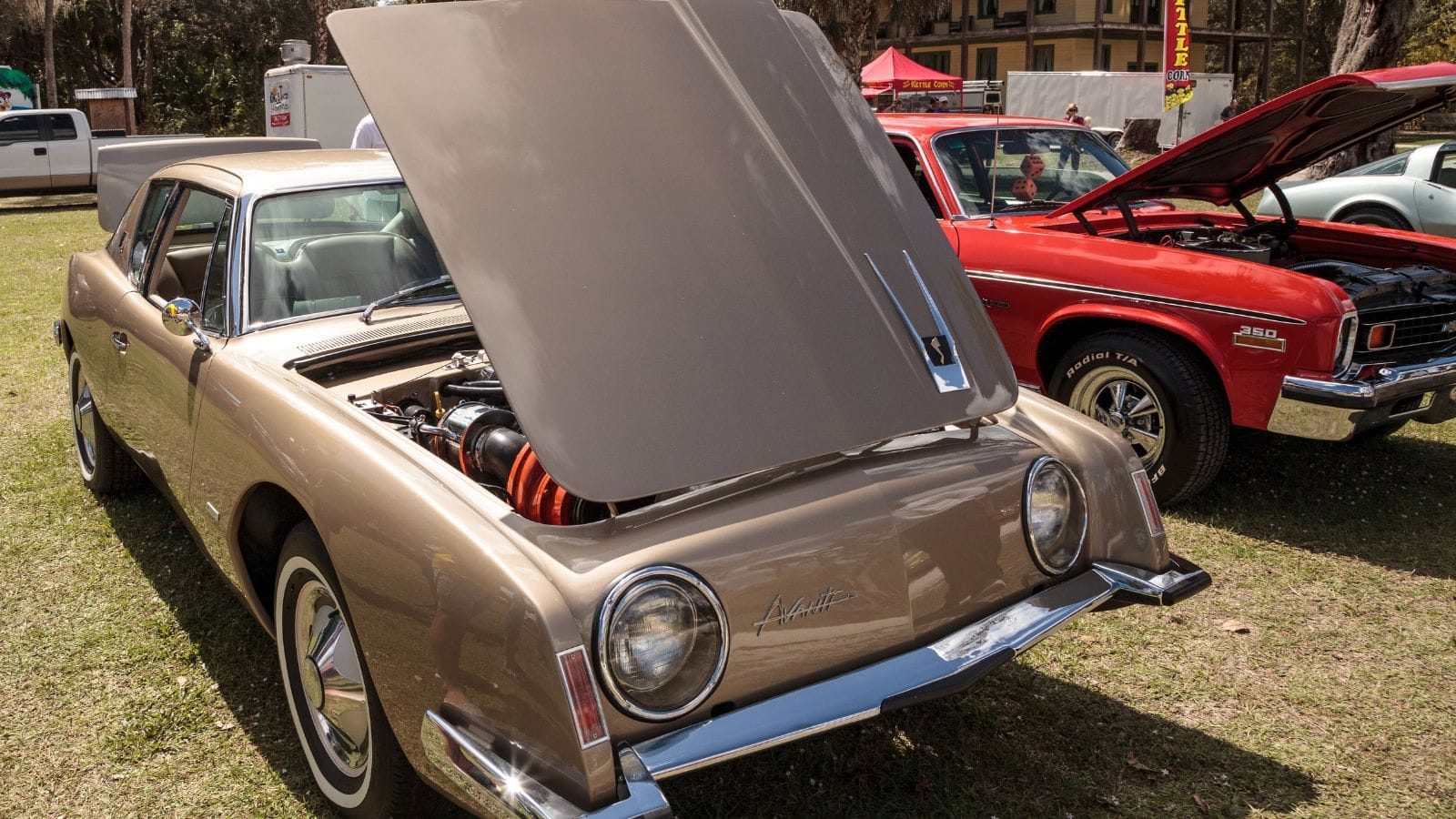
The Avanti was introduced as a bold, futuristic coupe by Studebaker, featuring advanced styling, fiberglass construction, and front disc brakes long before they became standard. Prices started around $4,500 when new, which put it in luxury territory. While Studebaker’s financial troubles meant it never reached its sales goals, the Avanti’s styling was decades ahead of its time. Today, it is celebrated for its daring design and innovative features, standing as proof that Studebaker was more forward-thinking than its reputation suggests.
Volkswagen Karmann Ghia (1955–1974)
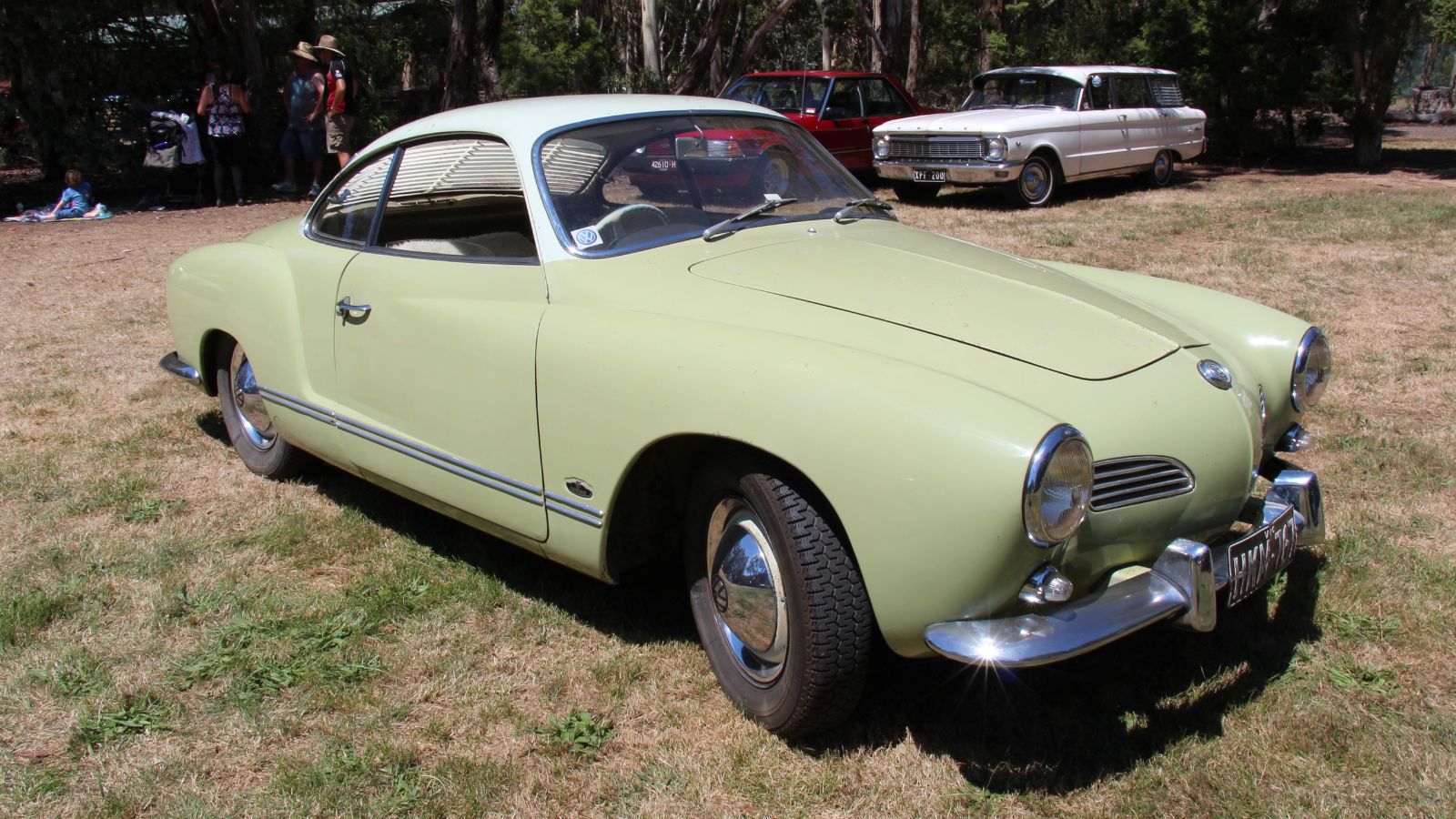
The Karmann Ghia has often been dismissed as little more than a fancy Beetle. Sharing its mechanicals with the humble Bug, it lacked performance compared to its Italian-inspired looks. Priced around $2,200 when new, it was more expensive than the Beetle but much more stylish. Today, collectors value it for its elegant design, reliable simplicity, and approachable charm. While not a sports car, the Karmann Ghia delivers an experience that is far better than its reputation would suggest.
Image Isn’t Everything
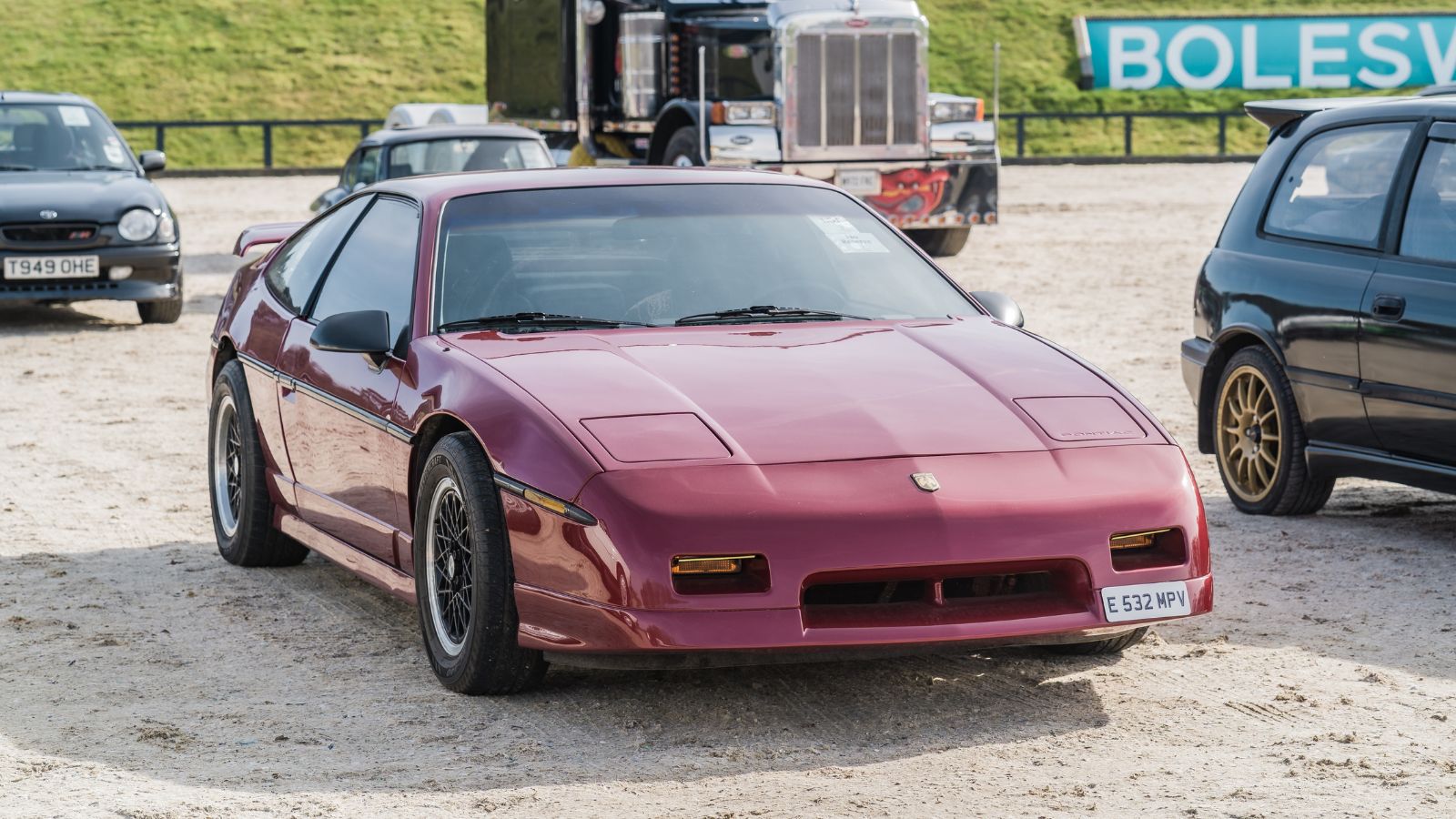
These ten classics prove that reputation is not always reality. Cars like the AMC Pacer and Ford Pinto have been unfairly remembered for their quirks or controversies, while others like the Corvair and Avanti were simply ahead of their time. Many of these vehicles are now gaining appreciation among collectors and enthusiasts who recognize their historical significance and unique qualities. They may not have been respected in their day, but time has revealed that each of these cars is far better than its image suggests.
25 Facts About Car Loans That Most Drivers Don’t Realize

Car loans are one of the most common ways people fund car purchases. Like any other kind of loan, car loans can have certain features that can be regarded as an advantage or a disadvantage to the borrower. Understanding all essential facts about car loans and how they work to ensure that you get the best deal for your financial situation is essential. Here are 25 shocking facts about car loans that most drivers don’t realize:
25 Facts About Car Loans That Most Drivers Don’t Realize
